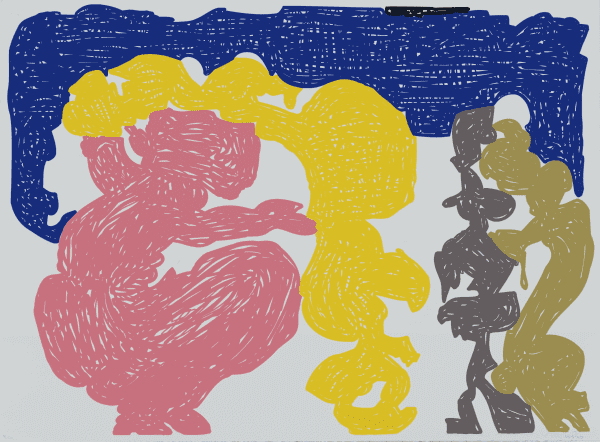Prieto Monique
Robert Crumb, an influential figure in the world of underground comics, was born on August 30, 1943, in Philadelphia. His eclectic upbringing set the stage for the distinctive perspective he brought to his work. Raised by a Marine father and a Catholic mother, Crumb’s childhood was marked by frequent relocations, eventually settling in Delaware when his father retired from the Marine Corps. His mother’s erratic behavior, possibly stemming from manic depression, and his devout Catholic upbringing until age sixteen further colored his early life experiences.
Crumb’s creative aspirations were largely fueled by his older brother Charles, who shared and nurtured his love for comics. The two brothers collaborated on numerous comic creations during their youth. However, Robert’s adolescence was far from idyllic—his high school years were plagued by feelings of alienation, describing himself as a “social reject.”
Following high school, Crumb spent a year in a state of introspection and creativity, mostly drawing and exploring life’s philosophical questions with his brother Charles. In 1962, he moved to Cleveland to live with his friend Marty Pahls and began working at American Greetings Corporation. This role as a color separator, which later evolved into a position in the Hi-Brow Department, had a lasting impact on his artistic style, teaching him to temper his more grotesque tendencies with a commercially viable cuteness.
Crumb’s personal life took a significant turn in 1964 when he married Dana Morgan. Their honeymoon in Europe coincided with his continuing work commitments, mailing illustrations back to American Greetings. His life underwent another transformation in 1965 when he began experimenting with LSD, fundamentally altering his approach to cartooning and leading to the creation of characters like Mr. Natural and Mr. Snoid.
In 1967, Crumb made a spontaneous move to San Francisco, a decision that would anchor his career in the burgeoning counterculture movement. There, he published “Zap #1” and “Zap #0,” laying the foundation for the underground comics scene. His son Jesse was born in 1968, marking a period of both personal and professional growth.
The late 1960s was a whirlwind for Crumb, filled with travel and prolific creative output despite his chaotic lifestyle. This era saw the creation of iconic works such as “Big Ass” and “Snatch 3.” A pivotal moment came in 1969, when a $10,000 advance for a “Fritz the Cat” book allowed him to purchase land in Potter Valley, California.
The 1970s were a period of significant change for Crumb. He settled in Madison, California, with Aline Kominsky, his partner and eventual second wife. The couple became a fixture of the Bay Area’s creative scene, with Crumb contributing to “The Village Voice” and playing music in the Cheap Suit Serenaders Band. Despite legal troubles with the IRS, he continued to produce groundbreaking work, including the character Frosty the Snowman in “Arcade.”
In 1981, Crumb launched “Weirdo,” a comic magazine showcasing his work and that of other artists. During this time, his daughter Sophie was born. The late 1980s and early 1990s saw Crumb handing over editorial duties at “Weirdo” to focus on his series “Hup 1-4.”
Disillusioned with America, Crumb relocated with his family to the south of France in the late 1980s. This move was documented by filmmaker Terry Zwigoff in the critically acclaimed documentary “Crumb.” While in France, Robert completed a long-term project illustrating the book of Genesis, continued collecting vintage 78 RPM records, and enjoyed a quieter life with Aline, who pursued her own artistic interests.
Today, Robert Crumb remains a pivotal figure in the world of comics, revered for his unique artistry and uncompromising perspective. His contribution to the art form continues to influence and inspire new generations of artists and storytellers.
Untitled, 2007
